-
Posted On Monday, January 01, 0001
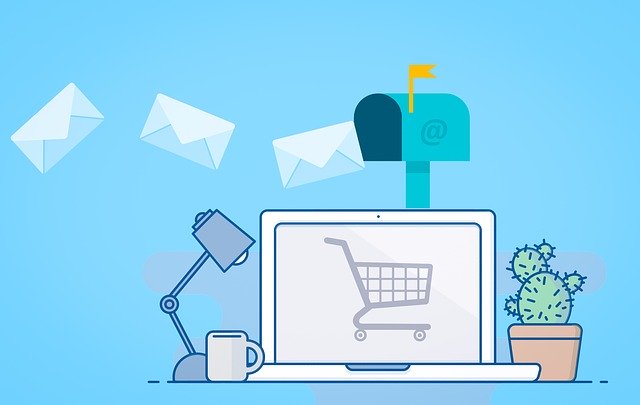
Is cold emailing part of your B2B company's sales strategy? According to a survey conducted by Emma Marketing Software, nearly six in 10 B2B sales reps say email offers the highest return on investment (ROI) of all promotional channels, including both offline and online channels. Cold emailing, however, is a little more challenging than warm emailing since it involves reaching out to leads with whom your B2B company has had no prior contact. When performing cold emailing, you should follow these essential dos and don'ts to achieve better results.
Essential Dos and Don'ts for Effective Cold Emailing
Do Research Leads Before Emailing Them: Prior to emailing a lead, spend a few minutes researching them online. If you know the name and job title of a lead, you can probably find them on LinkedIn or Facebook. Researching leads allows you to learn more about their unique needs, enabling you to create highly effective cold emails that generate a strong response. Gather information on their company, industry, and recent activities to tailor your message to their specific context and demonstrate your understanding of their business.
Don't Rely on Images to Convey Your Sales Message: Many email services block images by default for security purposes. Users can still view embedded images, but they'll have to click a button or link to enable them. Rather than relying on images, use text to convey your sales messages in cold emails. Text ensures that most, if not all, leads who receive your cold emails can see your sales messages. Focus on clear, concise, and compelling copy that highlights the benefits of your product or service.
Do Personalize the Subject Lines: Leads are more likely to open your cold emails if you use a personalized subject line. The subject line provides a brief description of the email from within their inbox. Statistics show that emails with a personalized subject—information that's only relevant to the recipient's identity, such as their name—have an open rate of 7.4%. The average open rate for emails across all industries is less than 5%. Personalization shows that you have taken the time to understand the recipient, increasing the likelihood of engagement.
Don't Send Duplicate Cold Emails to the Same Lead: A common mistake B2B sales reps make is sending duplicate cold emails to the same lead. Some do it intentionally, believing duplicate emails are more likely to be seen by leads than single emails. Other B2B sales reps send duplicate cold emails by mistake. Whether intentional or unintentional, duplicate emails often get flagged as spam. When you send the same email two or more times to the same lead, it may end up in the lead's spam folder. To increase the chances of your cold emails reaching leads' inboxes, avoid sending duplicate cold emails. Instead, track your email interactions and follow up with customized messages that add value.
Do Include Your Contact Information: Not all leads will click the "reply" button to respond to your cold emails. Some may prefer other methods of communication, such as calling. Unless you include your contact information in a cold email, you'll experience a low response rate. At the bottom of each cold email, mention your name, job title, email address, and phone number. Making this text bold can help it stand out. By including your contact information in cold emails, you'll benefit from a higher response rate, fueling your B2B company's sales strategy. Additionally, provide links to your LinkedIn profile and company website for easy reference.
Don't Talk About the Price: Cold emailing isn't the time to discuss the price of the product or service you are trying to sell. You can talk about the price in a warm email, but cold emailing requires a different approach. Leads are often hesitant to engage with B2B companies with which they've had no prior contact. If you discuss the price of a product or service in a cold email, it may discourage leads from responding to or engaging with your B2B company. Focus on building interest and establishing a relationship first. Highlight the value and benefits of your offering without diving into pricing details.
Do Ask Leads to Schedule an Appointment: Another tip to increase the performance of your cold emails is to ask leads to schedule an appointment. Towards the bottom of your cold emails—but before your contact information—ask the lead when they want to schedule an appointment. Provide a clear call to action (CTA) and offer flexible scheduling options. You can include a link to an online calendar tool to make it easy for leads to choose a convenient time. This approach increases the likelihood of securing a meeting and moving the conversation forward.
Don't Include Spam Words: Including spam words in your cold emails will result in a higher bounce rate. Emails "bounce" when they aren't delivered to a user's inbox. If you use spam words in your cold emails, email services may identify them as spam, causing them to reach the lead's spam folder rather than their inbox. Avoid using words and phrases commonly associated with spam, such as "free," "guaranteed," and "act now." Instead, use professional language and focus on providing genuine value.
Conclusion: Cold emailing typically offers lower open rates than warm emailing, but don't let that fool you into thinking it's ineffective. Assuming you target high-quality leads, cold emailing can drive substantial sales for your B2B company. Just remember to follow these essential dos and don'ts to take advantage of this digital marketing method. By conducting thorough research, personalizing your messages, and avoiding common pitfalls, you can enhance your cold emailing strategy and achieve better results. Continuously monitor your email performance and make data-driven adjustments to optimize your approach. With persistence and a strategic mindset, cold emailing can become a powerful tool in your B2B sales arsenal.
What to learn more? Get in Touch
Latest Posts
-
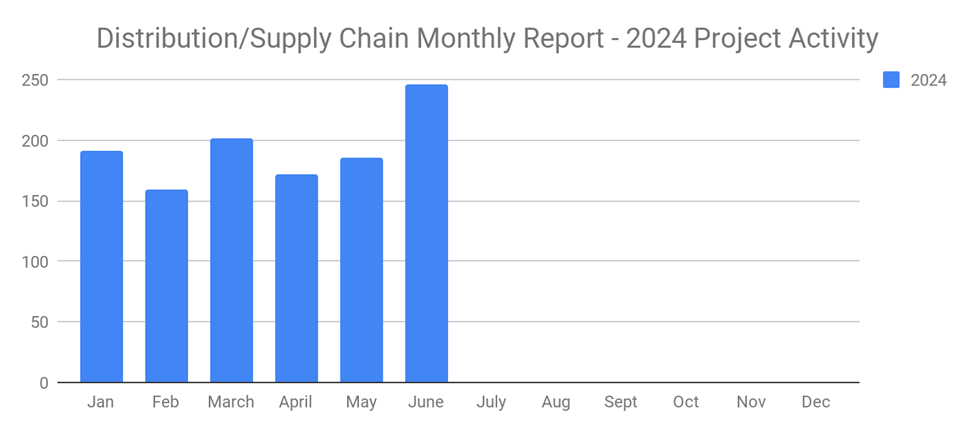
New Distribution and Supply Chain Industrial Projects Surge to 246 in June 2024
-
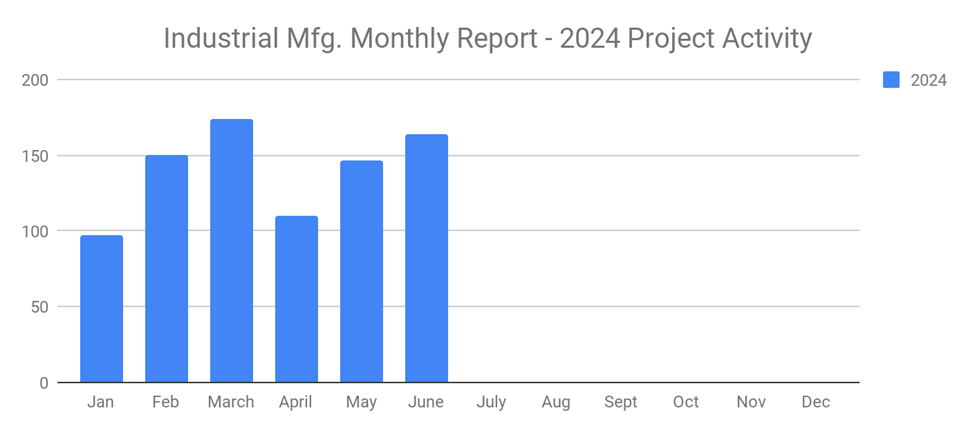
New Industrial Manufacturing Projects Third Month in a Row of Growth with 164 New Projects for June 2024
-
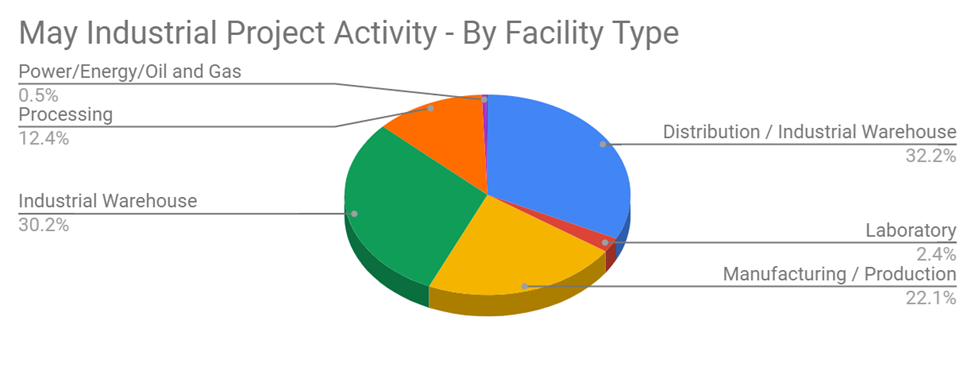
Planned Industrial Construction Projects Continue Strong in June 2024 with 496 New Projects
-
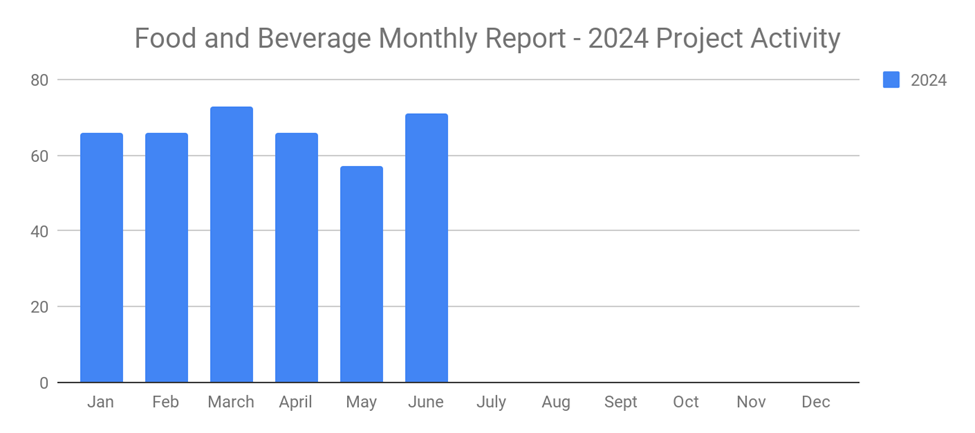
New Food and Beverage Planned Projects with Stellar Growth in June 2024 with 71 New Projects
